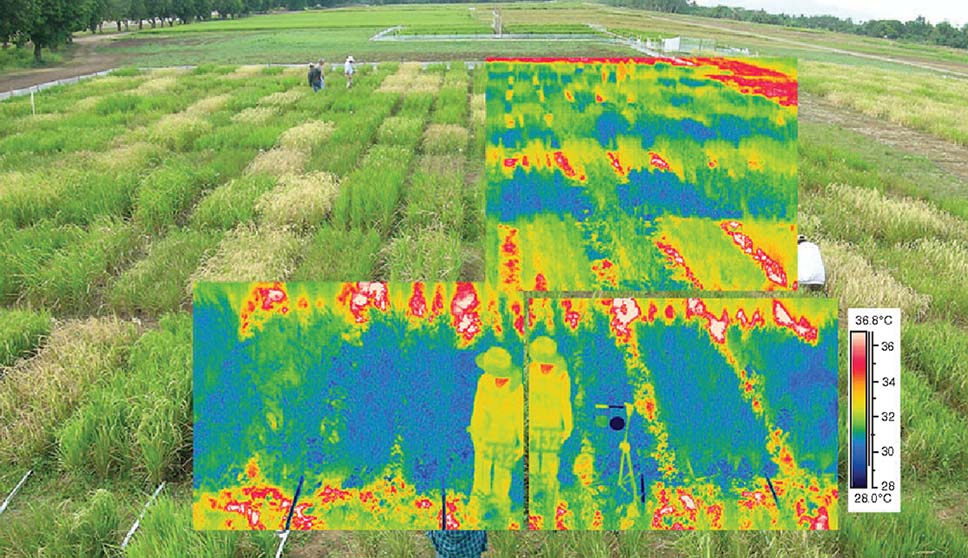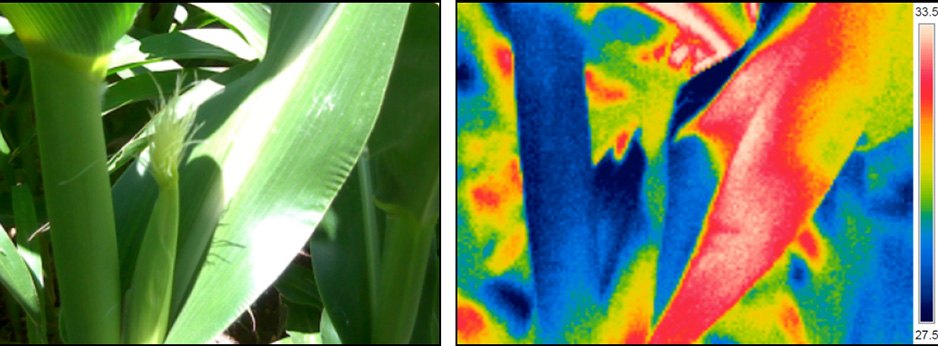Thermal Imaging uses for farmers
Are Blackview rugged phones product's thermal camera phones could be called the best tough phones for farmers? Here are some reasons of why Blackview's thermal smartphone is worth to own.
Thermal imaging is a technology that uses infrared radiation to detect and measure the temperature of objects and surfaces. It has become an essential tool in agriculture, as it provides valuable insights into the health and condition of crops, livestock, and equipment.

One of the primary uses of thermal imaging for farmers is to identify areas of crop stress. By detecting variations in temperature, thermal imaging can help farmers identify areas where crops are not receiving enough water or nutrients. This information can be used to adjust irrigation and fertilization practices, leading to healthier crops and higher yields.

Thermal camera can also be used to detect pests and diseases in crops. Certain pests and diseases can cause changes in plant temperature, which can be detected using thermal cameras. By identifying these issues early on, farmers can take action to prevent the spread of disease and minimize crop damage.
In addition to crop monitoring, thermal imaging can also be used to monitor livestock health. By detecting changes in body temperature, farmers can identify animals that may be sick or injured. This information can be used to provide timely medical care, reducing the risk of illness or death among livestock.
Finally, thermal imaging can also be used to monitor equipment performance. By detecting variations in temperature, farmers can identify machinery that may be overheating or malfunctioning. This information can be used to schedule maintenance and repairs, reducing downtime and increasing productivity.
Overall, thermal imaging is a valuable tool for farmers looking to improve crop yields, prevent disease outbreaks, monitor livestock health, and maintain equipment performance.
Read also,
- Can I use my phone as a thermal camera?
- What can thermal cameras detect?
- Can a thermal camera detect the hidden cameras?
- Thermal imaging vs infrared, what are the differences
- What animals can thermal imaging mobile phones detect?
- How does a thermal imaging camera work?
- Can a thermal camera detect water leaks?
- Can a thermal camera detect moisture
- Can a thermal camera see through clothes or walls?
- The best smartphone for construction workers
- Best night vision camera phones
- Specific applications of thermal imaging mobile phones outdoors
- Thermal phone: CAT S61 vs. Blackview BV9800 Pro





